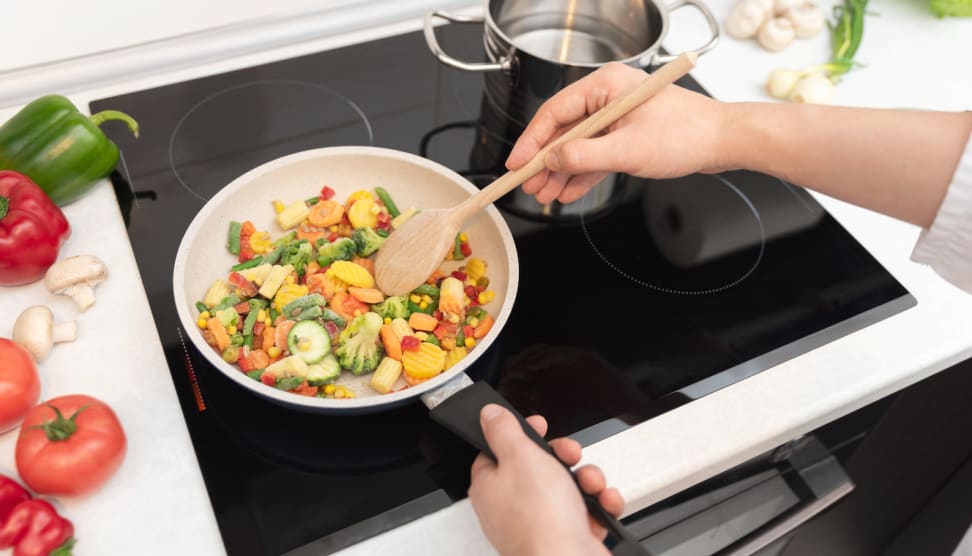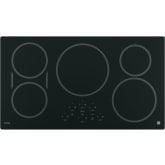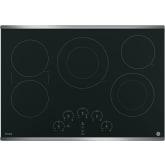Many pros might swear by gas, but electric—and especially induction—affords a host of advantages that simply can't be denied. Impressively wide temperature ranges and even heating are just a couple of these.
If you're looking to melt chocolate for a tasty dessert or sear the heck out of a sous vide steak, these best of the best cooktops can get it done. And rest assured, we've looked into enough models to know exactly what separates the best cooktop features from the worst. In this review, we’ve included cooktops that are 30 inches and 36 inches wide in order to fit standard-size surfaces.
What You Should Know Before Buying An Electric Or Induction Cooktop
What Is Induction Cooking?
Although they resemble smooth top electric cooktop burners, induction cooktops don't have actual burners underneath their surface. Induction cooking uses electromagnetic energy to heat pots and pans directly. In comparison, electric and gas cooktops heat indirectly, using flames or a heating element to pass radiant energy through your cookware to your food.
Induction cooktops can achieve a wider range of temperatures than other cooking methods, and they take far less time to boil than their electric or gas counterparts. In addition, the cooktop surface itself stays cool, so you don't have to worry about burning your hand. It's even possible to wipe down the surface during cooking. Just remember, the cooktop doesn't get hot, but the pan does.
What Cookware Works With Induction?
Because induction relies on electromagnetism, only pots with magnetic bottoms—steel and iron—can transfer heat. The winners of our best stainless steel skillets roundup are induction-friendly. But that doesn’t mean you need to buy all-new cookware. If a magnet sticks to the bottom, your pots and pans will work with induction.
More Articles You Might Enjoy




















